LOST 038 - A Constant of Sorrows I Am, Man
Unpacking the TV show LOST — Season 4: Episode 5

Subscribing to The Reframe is free.
It's tough but fair. Subscribe now for free and never miss an essay. Pay whatever you want if you'd like to support the work of an independent writer.
This one has been a long time comin', brotha. The one where Desmond's consciousness comes unstuck in time and bounces back and forth around his own timeline(s?). This sort of asynchronicity can be disorienting, I know, but let me be your constant; I'll take you through it nice and easy. And, luckily enough, even though the timeline bounces all over, the writers are skilled enough to do it in such a way that they parcel out the information you need just as you need it, so as long as you pay attention you shouldn't lose your footing.
Previously, On LOST: There are no previouslies. We start with our friends Sayid and Desmond, flying from the island to the freighter in a helicopter piloted by Frank Lapidus. Lapidus is making frequent reference to a "cheat sheet" provided by his own colleague, the physicist Daniel Faraday. The sheet seems to be steering Lapidus directly into a thunderhead, which concerns Sayid. Lapidus wrestles the stick as the weather appears to send the chopper ever so slightly off-course. Suddenly~
to wonder what in the goober-picking hell that means.
End of Episode 5.
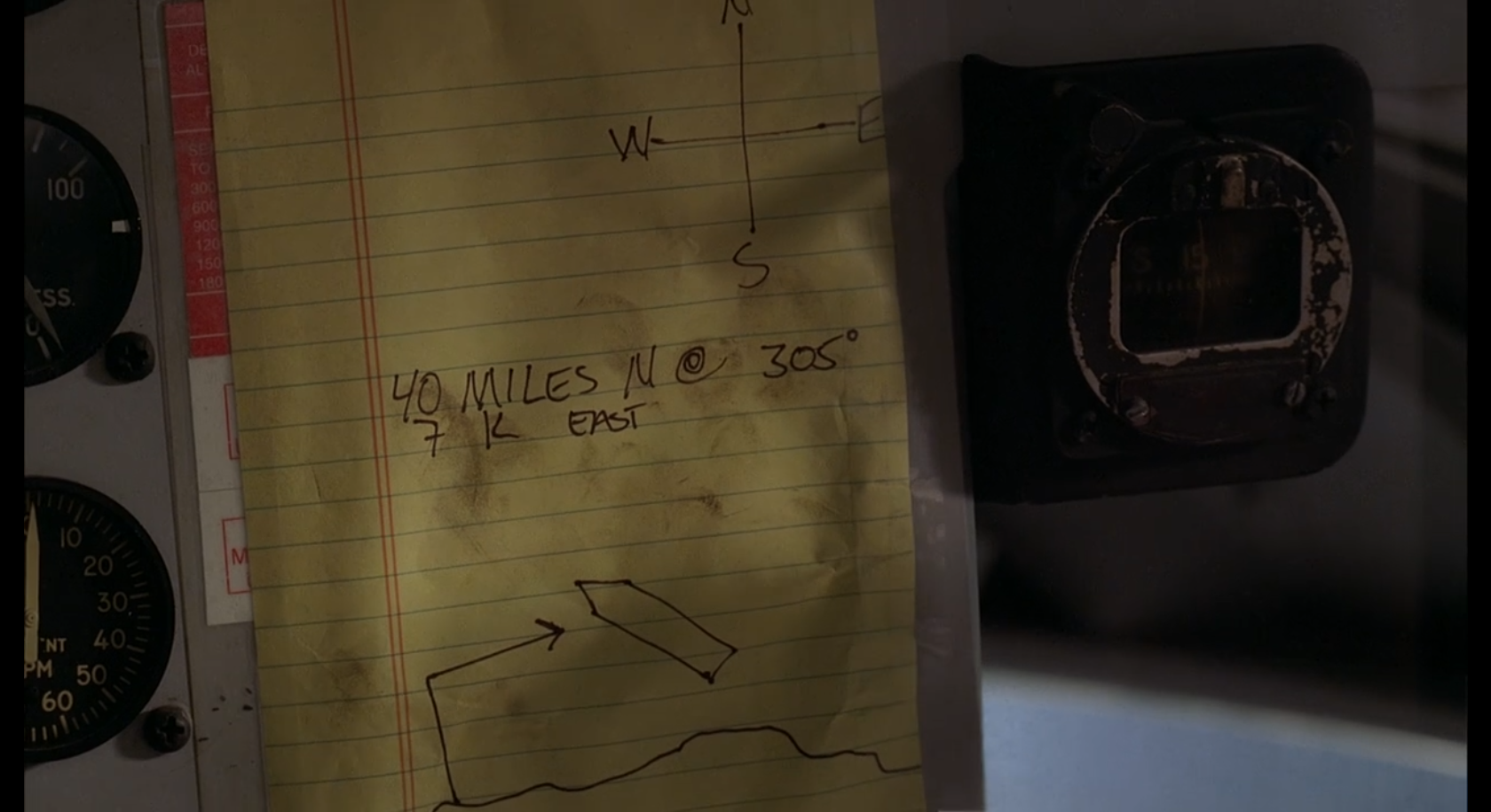
B E L I E F
Wow! What an episode! As always, having begun with a thorough recap of the episode(s) in question, we end with beliefs based on that observation.
So here we go.
1) The cheat sheet. One thing I never noticed before was how circuitous Faraday's instructions to Lapidus are. I'd presumed that leaving the island was merely a matter of finding an exact trajectory and then keeping straight on it, but on the cheat sheet there is at least 1 turn (there's a squiggly line at the bottom that might be the coastline; otherwise the path off-island is a real maze).
This is (I think?) our most foundational proof that encountering the island is a very precise matter indeed. Most other proofs have come from Ben, who is an unreliable source to say the least, but in this at least he appears to have been on the level. To me this suggests the island is a physical construct that only touches glancingly upon the earth. I picture a Venn diagram where the two circles only meet for a silver. Except, in this case, I picture not two circles, but two spheres, one of them (the earth) much larger than the other (the island) somehow occupying the same space without creating a cataclysm. We will soon learn that this island moves, and that some locations (for example, the location prior to the Failsafe Event that shot Desmond through with holy electromagnetic time-space light-energy) make it nearly impossible to find, and that some locations (for example, whatever the location is after the Failsafe Event) make it much more findable. How would the two spheres touch without affecting one another? we might ask, if we were curious sorts.
Well the confluence doesn't seem to only be physical, because ...
2) "Your perception of how long your friends have been gone? It's not necessarily how long they actually have been gone." And here Faraday finally confirms what has, up until now, only been hinted at; the island is not precisely synched up to the freighter chronologically. We also know (from Faraday's recent experiments with clocks on rockets) that the time gap between the two is widening. Faraday's rockets suggested a gap of about a half an hour, but Sayid and Desmond and Lapidus land after an hour or less of time as experienced from their perspective, a span which is experienced by those on the island to be over 24 hours.
Lesson: the island does not just move through space relative to the earth, but also through time relative to the earth—and through time relative to random people on the island ... as we will soon
~Desmond's consciousness flashes away from the helicopter and to a time in his life years earlier, when he was still in the Scots Guards. He's terribly disoriented by this, but quickly reasons that his helicopter experience must have been a dream, as his awareness of his island life fades. Dreaminess gets him in trouble with the Scots Guards' version of a drill instructor, and soon enough, he's doing crunches in the rain and mud.
Suddenly~
~his consciousness flashes back to the helicopter. Desmond starts to panic. Sayid asks him if he's OK. "Who are you?" Desmond demands. "How do you know my name?"
Ruh roh. It's not Desmond's future consciousness returning to the helicopter; it's his past consciousness moving forward to this moment.
Where is our Desmond?
O B S E R V A T I O N
No ifs, ands, or buts about it; this is the most universally lauded episode of LOST's entire run, and I believe would win any consensus poll to determine the answer to the question "what is the best episode of LOST?" It's not my very favorite (that would be "Through the Looking Glass"), but it is very, very good, and is probably the best synthesis of the show's two greatest strength: crazy mysterious mythological shenanigans and heartfelt character-driven melodrama.
It's a special episode. Every moment is worth examining. Let's get into it.
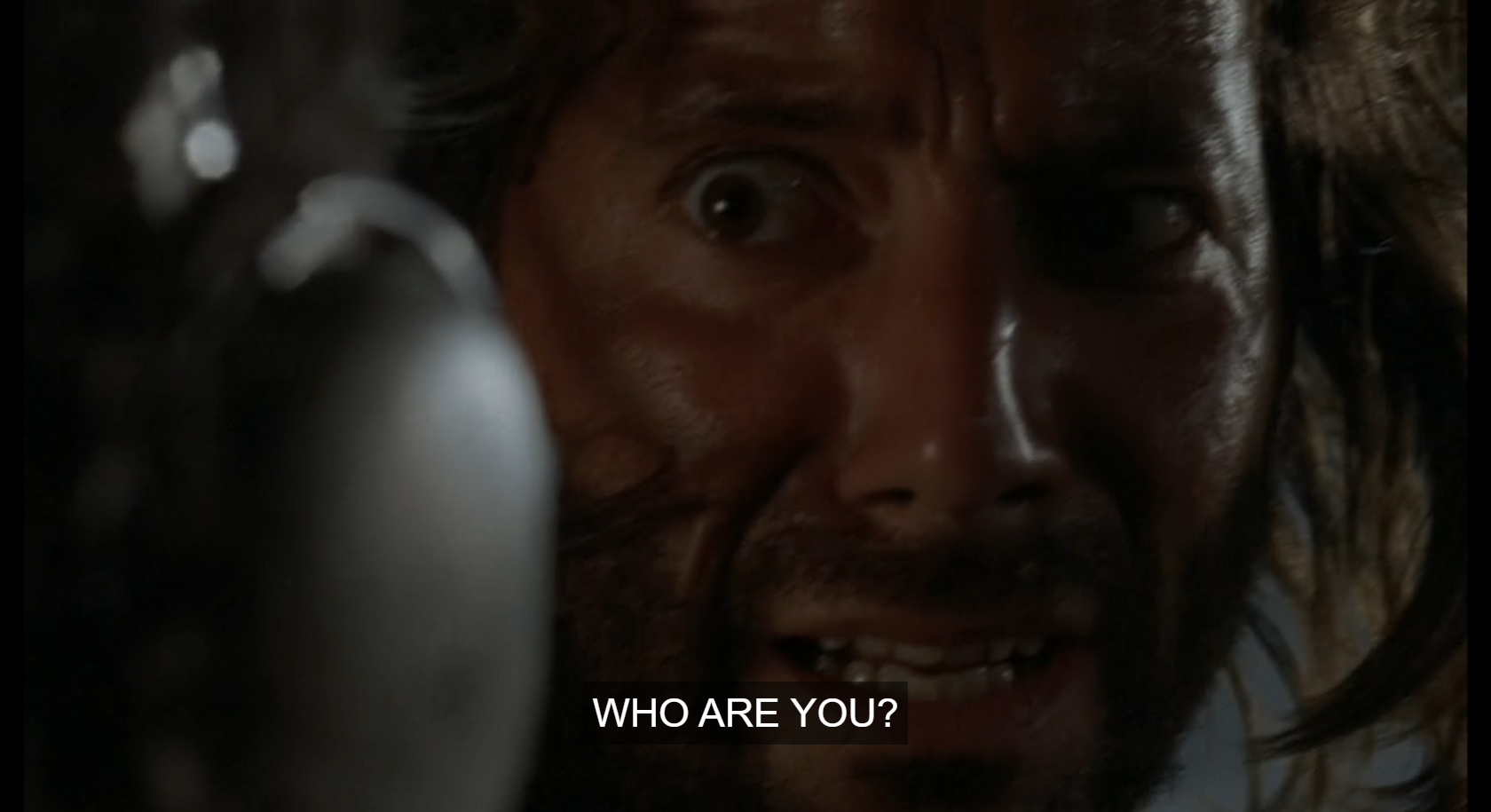
Episode 5: THE CONSTANT (Desmond): Islanders Jack and Juliet hang out on the beach with Freighterers Faraday and Charlotte, demanding answers about their missing friends. Charlotte is stonewalling them, but Faraday proves a softer touch and relents. "Your perception of how long your friends have been gone? It's not necessarily how long they actually have been gone," he says. But have no fear, he assures them: As long as Lapidus follows his instructions to the letter, there won't be ... side effects.
Meanwhile, on the chopper, Sayid gets Desmond to stop fighting long enough for Lapidus to land on the freighter, and Desmond realizes he is clutching a picture of somebody familiar: it's the photograph of him and Penny.
On the boat they are met by Keamy and Omar, a couple of dudes who are putting off a seriously malevolent energy (and more on that some other day), but make the sensible-enough suggestion that the sick bay might be a good place for a spontaneous amnesiac. Desmond is on his way into the hold when without warning~
see.
3) Side effects. What we know about these "side effects" are that they involve a consciousness becoming unmoored, as a result of entering the sort of liminal zone between the world (I'd argue the entire universe) and the island, and that it affects those who have been exposed to radiation, like a radio operator, perhaps, or a scientist who works with radioactivity, for example, or a Scotsman who recently had the entirety of the cosmos's electromagnetic field pass through him by way of an atom bomb.
It would appear to me that the more radiation you're exposed to, the more susceptible you are, and the further you go off the very specific coordinates of the exact confluence between earth and island, the worse you're going to get it. Given the amount of radiation Desmond has been exposed to, he was probably getting side effects one way or another, but the slight course modifications forced by the storm were certainly enough to unmoor him.
As for why these side effects are occurring, well, my often-stated belief is that the island is a cosmic hub of not only time and space, but possibility. Let's maybe hold onto that thought.
4) Why does Charlotte want to lie? We'll see that Charlotte and Faraday and Lapidus (and even, in his own way, Miles) are well-meaning types. This is just a little grace note but I expect that what we are seeing is that these folks have been briefed about the island's tendency to have people with infected souls—infected by The Adversary aka the black smoke—who doesn't really factor into today's festivities, even if It is behind all this drama.
Anyway, I believe that Charles Widmore, who is not a nice guy or even a particularly good guy, nevertheless believes himself to be in opposition to The Adversary. He's the protagonist of his own story, in other words, and he's warned his team to treat anyone on the island as likely compromised. He probably hasn't explained that they've been compromised specifically by an ancient malevolent demigod who can bend the minds of humans to Its will, but we can just
~he's right back in the mud and rain, doing push-ups. Later, Desmond confides in a buddy what happened, and remembers that Penny was the only familiar person in this strange place—the only constant, you might say.
Desmond goes to call Penny on the base's pay phone, but~
~boom! his consciousness jumps back to the freighter, where he's being led by Keamy and Omar into the hold. There, he's locked into what appears to be a makeshift medical center—or anyway there's a patient/prisoner there already, strapped to a gurney. This fellow has got what we in the medical profession call "crazy eyes." Crazy Eyes asks Desmond: "It's happening to you, too—isn't it?" Yipes, that ain't good.
Sayid meanwhile is topside. He asks Lapidus to explain what's up with Desmond. Lapidus don't know. He'd also like to understand how it is that they took off at dusk and landed an hour later at noon. Lapidus ignores the question, but makes a trade with Sayid—Sayid's gun for Lapidus' fancy walkie talkie the Freighterers use to talk from island to ship. On the island, Jack and Juliet are very relieved to hear from Sayid, but Faraday is even more very concerned to hear about what is happening to Desmond.
Speaking of Desmond, he's trying to get the attention of Crazy Eyes, who is catatonic. Finally, Crazy Eyes comes to. "I was on a Ferris wheel," he says. The doctor arrives and sedates Crazy Eyes. Doc offers to test Desmond, shining a penlight into his eyes and asking him various things, when, sure enough, right in mid-question~
take it as read that Widmore finds it safest to assume this to be true of everyone of on the island.
5) The nature of the flashes. What I want to point out here is that Crazy Eyes Minkowski shows us the answer to a very practical question: What happens to somebody whose consciousness flashes back or forward? Apparently they just go blank for what often appears to only be a few seconds, even if their sojourn to elsewhen lasts many hours, although the catatonic spells can last longer.
It does make me wonder once again where Island Desmond's consciousness goes when Past Desmond takes over in the
~he's right back in the Scots Guards, standing outside the pay phone. After collecting himself, he dials Penny. He tries to explain what's happening, but Penny is (understandably) sort of done with Desmond, given that he's just pissed off to the military and left her for no real good reason other than his own crippling emotional baggage.
Desmond's begging Penny to meet him when~
~kapow! he's back on the boat with the Doc, who asks, "Did you just ... experience something, Desmond?" Doc is interrupted by Lapidus and Sayid, who give Desmond the phone over Doc's objections. Sayid barricades the door as Keamy and Omar try to bust in and prevent the communication.
Faraday gets on the horn with Desmond and establishes that Desmond thinks it is the year 1996 and that he is in Glasgow. He gives Desmond instructions for the next time his consciousness jumps: He is to go to Oxford, where he, Daniel Faraday will be, and tell him, Daniel Faraday, to "set the device" to 2.342 (the numbers! take a shot!) oscillating at 11 Hertz. Faraday Present reckons that this will be enough to convince Faraday Past that Desmond Past is on the up and up. But if that doesn't do it, Faraday Present says, then "I need you to tell me [Faraday Past] that you know about Eloise."
Desmond's rather hilariously writing this down on his hand when Keamy busts in, and that's when~
~shapoopy! His consciousness slides from his December 24, 2004 conversation with Faraday back to his 1996 phone call with Penny. The phone is making that buzz you get when somebody has hung up a while ago. (Do British phones do that? This one does!)
So Desmond does what any of us would do: He goes to Oxford and tells Faraday Past to set his device to 2.342 oscillating at 11 Hertz Rent-A-Cars. Faraday Past (who we gather works in time travel) is still pretty sure that he's being pranked by his (apparently dickish) colleagues, but once he hears about Eloise, his curiosity is piqued. He brings Desmond to the room "where I do all the things Oxford frowns upon." Luckily this is mouse-maze stuff, not #MeToo stuff but geez, Faraday Past, there's better ways to say that.
Faraday Past (who thinks of himself as Faraday Present) would like Desmond to explain why Faraday Future (who we think of as Faraday Present) doesn't remember the meeting the two of them are having right now in the present (which we think of as the past). It's a good question, but they don't have answers.
Desmond suggests they might be changing the future. "You can't change the future," Faraday says. He seems pretty sure of that.
Then Faraday Past does what any of us would do and produces a white mouse. This is the famous Eloise. Faraday Past uses the settings he received via Desmond from Faraday Future and exposes Eloise to some sort of light from some sort of do-hickey that I presume runs on 1.21 gigawatts, then sets her loose in a maze, which Eloise successfully runs with aplomb (and also a peach). This is a big deal for Faraday Past, who, having finally made something that works, goes full Doc Brown on his chalkboard. He reveals that he hasn't yet trained Eloise on the maze. He's going to do that ... in the future.
Yep. Daniel Faraday has pulled Eloise's consciousness back through time.
Desmond wants to know how this helps him, and Faraday Past is (rather understandably) confused, presuming that Faraday Future (who we think of as Faraday Present) sent Desmond to help him with his experiments. "I don't know why you sent me," Desmond saysmonds, "All I know is we end up on this bloody island."
Faraday Past seems very intrigued at the mention of an island, but before he can finish asking Desmond about it~
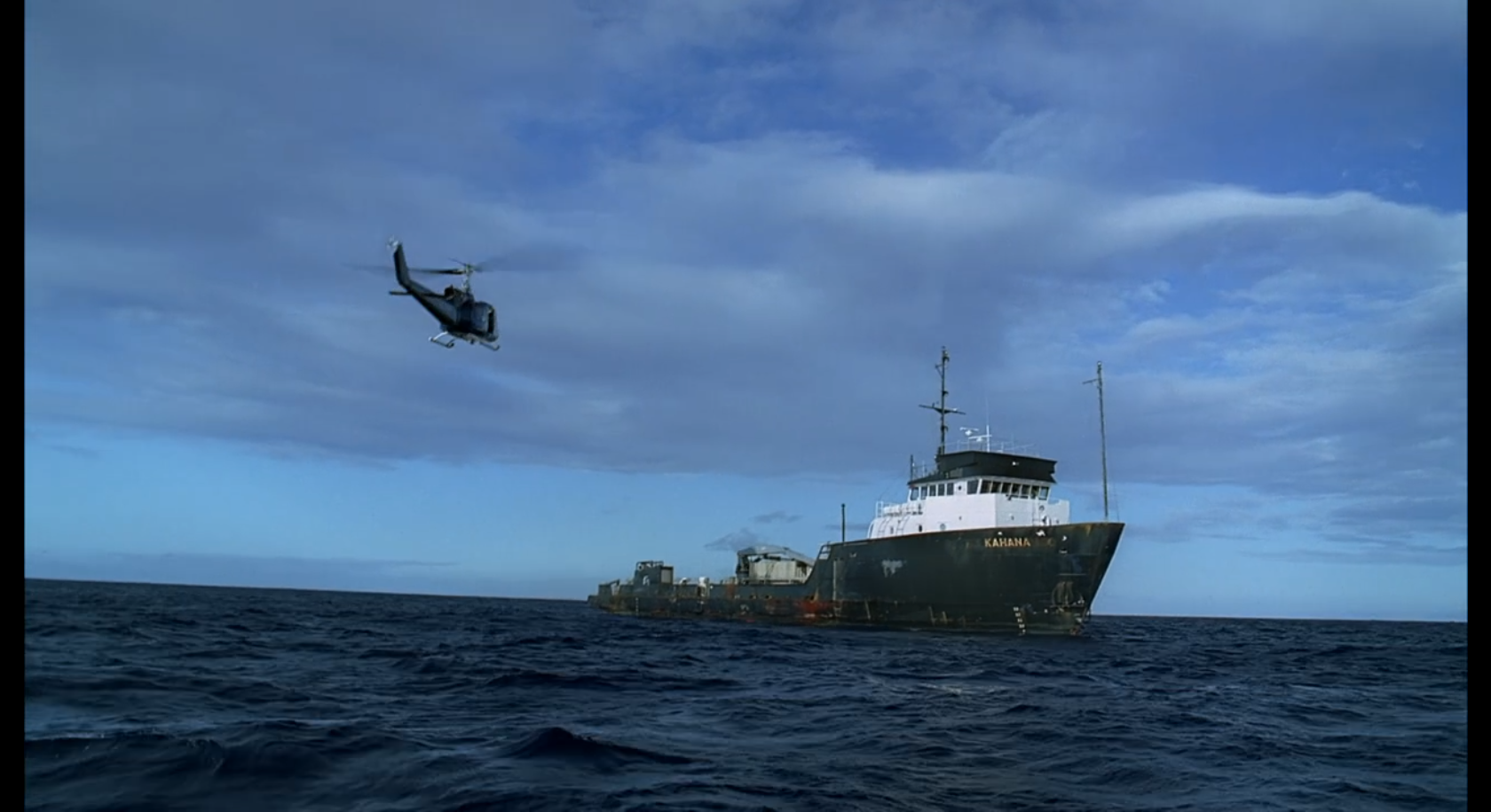
helicopter.
6) Why can't Faraday remember meeting Desmond? This would be a cool proof-point for my unprovable belief that we're dealing with a melding of two very similar but alternate universes, but nope, this question will eventually be totally explained. Faraday's going to keep doing his time-consciousness experiments, first on a human test subject whose mind goes away, then on himself ... and his mind also goes away. You could've seen that one coming, Daniel. We actually saw him like that in the cold open to the episode that introduced him, if you recall or even if you don't. His memory, she no fly. We may assume his mind has been jumping through time.
Note that proximity to the island appears to be making Faraday better. The healing island heals the mind as well as the body.
But the healing might also be due to his proximity to Desmond. Read on ...
7) "You can't change the future." This is going to become holy writ of the show as regards time travel. Whatever happened, happened. If you travel back in time from say 2006 to say 1977, that means that you have always lived in a world where you traveled back in time. From your perspective you were born in say 1975 and lived up until 2006 and then you jumped back to 1977 for a few weeks, and then jumped forward again to 2006, but from the perspective of reality you were born in 1975 and your adult self popped into being in 1977 and did what you did in those few weeks and then you disappeared, all while your 2-year old self was growing up into the person who would eventually travel back to 1977 and disappear for a few seconds of 2006 before returning a few weeks older. It's all one piece. You didn't change anything. You were always in a reality in which you existed in two places for a couple weeks in 1977, and the only thing that changes when you go "back" in time is now you are aware that you did that, and what you did back then, simply because now you have experienced it. Whatever you do in 1977 can only ever create the world you always lived in, and in fact not only can whatever you do create that world, but, in ways big or small, it will create that world. From the perspective of the universe, you didn't travel back in time. You were always there.
So Faraday learns how to manipulate time because he told Desmond to tell himself, and Desmond did. That's always what happened here in universe 4815162342. It seems like a paradox to you and me, who only experience time as forward motion, but to reality (or a being that can perceive all of time at once) it's just a thing that exists, tangled but tangible, and as easy to understand and as digestible as a pretzel would be to you or me.
How then to explain the concept of an unchangeable universe in light of the copious (but less explored or explained) evidence the show gives us that there are multiple universes and multiple possibilities?
Let me introduce you to ...
8) Eloise the Mouse. What does Eloise the mouse prove, besides the fact that Faraday may have some serious mommy issues? (We'll eventually learn that his mother is Eloise Hawking, and I think it is suggested in this episode by his reaction to Desmond that she has told him about the island). It proves one thing for sure, which is that if you are subjected to a certain kind of energy, then your consciousness can jump around reality's monkey bars. We've seen Desmond's consciousness do this, through not only time but across a variety of different possibilities. And the thing about a fixed universe where nothing can change is, it therefore can't have a series of different possibilities. So what the fuck? and pardon my Sanskrit.
(By the way, eventually Desmond will be exposed to a human-sized version of Faraday's machine. Let's try to remember this episode when that happens, so we can speculate on what that teaches us about what's really going on with Eloise, and, by association, with Desmond, OK?)
I've said this before, but I think this episode brings it into better focus. What I believe we're seeing is something that's rather unique, which is that a future consciousness from one version of reality (the one destroyed in the Failsafe event) is now interacting—as it leaves the island, which I believe to be the multiverse's cosmic constant—with a past version of that same consciousness from another nearby (by which I mean extremely similar) version of reality. This is mediated by the fact that Desmond hasn't just been exposed to some radiation, but, uniquely, to a whole bunch of a very specific type of radiation: the light of the island.
You can't inhabit a version of reality where you can go into the past and change the future. But—if you are exposed to a very particular type of light, anyway—your consciousness can enter a world where the past, present, and future are different than the one you know, perhaps even different precisely because your consciousness entered it. The only problem: The experience is so incompatible with the human mind that it will eventually kill you—unless you can find your own
~bam-a-lam! Desmond's right back on the freighter and everyone is yelling at everyone else. Keamy and Omar get control of the room and lock Sayid and Desmond back in the medical bay. Crazy Eyes is there, too, still awake, eyes less crazy, so I guess the Doc gave him some bunk sedative.
Crazy Eyes reveals that he is the radio operator, name of Minkowski, and that before he rather unwisely went out in a boat to get a better look at the island and started going crazy, he'd been getting calls, again and again, for Desmond, from Penny.
~
Desmond's flashback happens during the commercial break this time. He's been catatonic in Faraday Past's secret puzzle basement for over an hour. Ominously enough, Eloise is dead. Time travel was too much for her little mouse brain. Faraday posits that what Desmond needs in order to avoid this fate is a single constant—something that is the same in both places; a toehold on time's cliff face for his consciousness to rest upon.
Desmond rushes to see Penny, but on the way~
~he flashes back to the freighter. Desmond begs Sayid to take him to the radio room. Minkowski is all "my dudes the radio has been smashed by an unknown saboteur." Sayid is all "my dude communication tech is what I do, that's why the writers have me here." We the viewers are all "hey guys have you forgotten that the door is locked?" but Minkowski is all "hey look, somebody broke the door open, you've got a friend on the boat, isn't that lucky?" By the way, Minkowski is bleeding from the nose, a soon-to-be-familiar sign of "about to die from time travel sickness."
The Gang Heads For The Radio Room, but before they can~
~ Desmond flashes back to 1996. He doesn't know where Penny is, so he goes and finds a more public Widmore—Penny's father, Charles.
Ol' Chazzy Wids is at a high-end snooty-type auction, bidding on the journal of Tovard Hanso. Hanso was first mate aboard the ship Black Rock, which was found in the possession of pirates on Madagascar, some 7 years after it was lost at sea in 1845.
Desmond catches up with Charles in the men's room, and Charles, while still openly scornful of Desmond, is nevertheless now so confident that Desmond has screwed up things with Penny forever (she is engaged to some other bloke, remember) that he willingly hands over his daughter's address. He then leaves the water running like a maniac, which is a problem because that's when Desmond~
constant.
9) Friend on the boat. The person who left the door unlocked so helpfully is Ben's "man on the boat." We'll learn who he is soon enough if you don't know. He's also the guy who smashed the radio. Just a quick answer to that little mystery.
10) The diary of Tovard Hanso. This is worth pointing out for a few reasons. First, Charles is of course still looking for the island, as are a whole bunch of other bidders (he wins the auction, for what it is worth). The other thing to point out is that this establishes that the Hanso-Foundation-funded Dharma Initiative is not an island-come-lately group.
Finally, the time and route and mission of the ship Black Rock that is given at the auction's onset is nothing like the version we will get eventually, in the Season 6 episode "Ab Aeterno." Perhaps this is revisionist history on the part of the auction house, or an error on the part of the writers, or maybe it is one of those slight changes between one version of reality and another. It doesn't matter much either way, so you can feel free to decide for
~jumps back to the boat. Minkowski leads Desmond and Sayid to the radio room, where Sayid gets to work repairing the comms and Minkowski gets to work dying of a cerebral hemorrhage. Right on cue, Desmond starts bleeding from the nose.
~
Another time jump during commercial break for Desmond. He wakes up in what is apparently the least-visited men's room in all of Sotheby's, sink water raining down on him. With no time to lose, he rushes to Penny's address, and begs her to hear him out.
Against her better judgment (or, since she is British, her better judgement), Penny lets him in.
Desmond gives her an extremely heartfelt apology, which seems to melt her resolve a little bit ... just a little. He begs her for her number—not to call her anytime soon, he promises, but to call her at a very specific day and time: December 24, 2004.
Penny, who probably already figures "what the hell, he's got my address," gives him the number and pushes him out. Des is still begging when~
~popcorn! He jumps back to the ship. Sayid has got a phone rigged up for long distance. Desmond has to call.
He has to hope that Penny hasn't changed her number.
That she'll be there, all these years later, and despite it all, waiting for him.
Penny answers. She's been waiting for him. She's been looking for him.
In the handful of seconds they have left, they confess their love for one another, and vow to find one another.
All these years later. Despite it all. She's still there. So is he.
They still love each other.
It's a constant thing.
How constant? I'd say constant enough to bridge realities.
It's beautiful.
In 1996, we see Desmond once again on time's track, smiling wistfully to himself.
In 2004, the connection breaks. Desmond looks whole again.
Back on the beach, we see Faraday looking back through his journal. The camera lands on a page that says, IF ANYTHING GOES WRONG, DESMOND HUME WILL BE MY CONSTANT.
Faraday looks concerned, leaving us
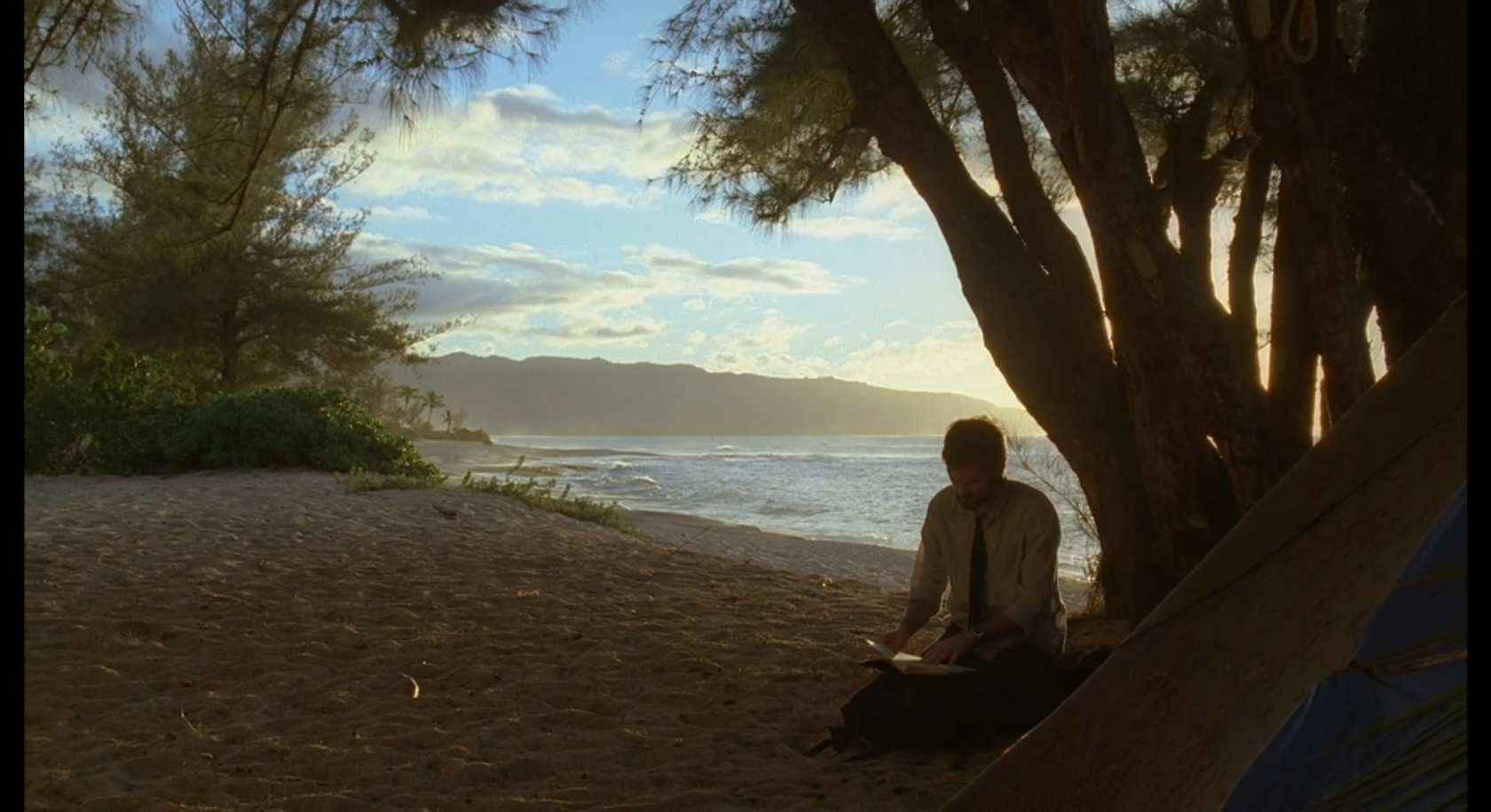
yourselves.
12) So what in the goober-picking hell does THAT mean? What I believe is that by bridging the universe that had been with the universe that is, Desmond Hume has become the constant of this branch of reality. I mentioned this a loooooong time ago. This episode is one of the main reasons I believe this.
It's worth noting that the thing that connects time and space and even the endless branching of possibility is not the human mind, nor the power of godlike beings, but rather human connection. Relationship. Friendship. Love.
It's something that we'd do well to remember, when we get to the rather controversial story element known as The Sideways, that the story has been telling us is true all along.
L O S T
Next Time: Bait AND Switch? In THIS Economy?
The Reframe is totally free, supported voluntarily by its readership.
If you liked what you read, and only if you can afford to, please consider becoming a paid sponsor. If you'd like to be a patron of my work, there's a Founding Member level that comes with a free signed copy of one of my books and thanks by name in the acknowledgement section of any books I publish.
Looking for a tip jar but don't want to subscribe?
Venmo is here and Paypal is here.
A.R. Moxon is the author of the novel The Revisionaries, and the essay collection Very Fine People, which are available in most of the usual places, and some of the unusual places. You can get his books right here for example. He is also co-writer of Sugar Maple, a musical fiction podcast from Osiris Media which goes in your ears. He believes there is No X in Mr. R. M. Nixon.

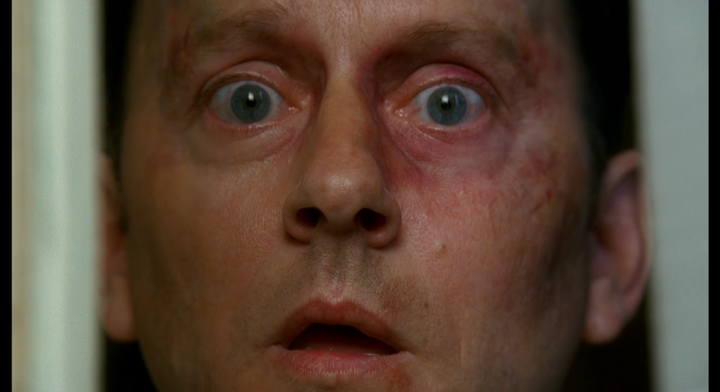
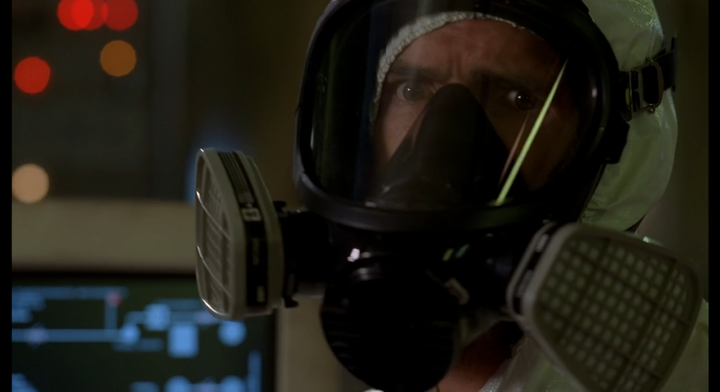
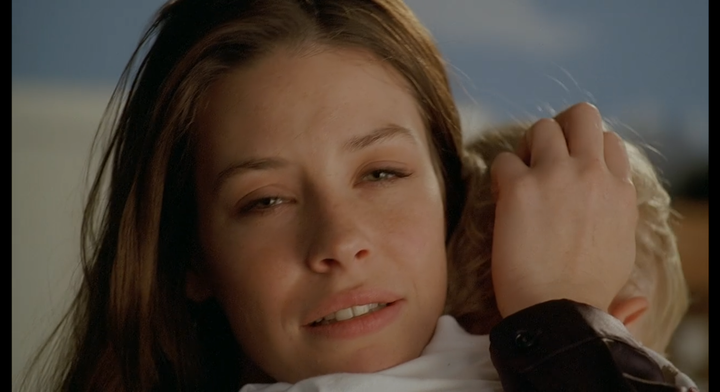
Comments ()